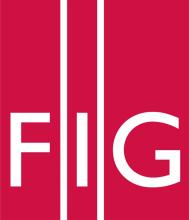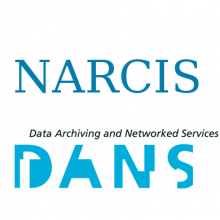Resource information
This paper describes the last developments of the Land Administration Domain Model (LADM). The Final Draft International Standard, ISO FDIS 19152, unanimously passed on 1 November 2012 the final vote towards becoming an International Standard (IS). After technical editing by ISO secretariat in Geneve, Switzerland, the first edition has been officially published on 1 December 2012 as International Standard ISO 19152:2012(E) ?Geographic information — Land Administration Domain Model (LADM)‘ and ?Information géographique — Modèle du domaine de l‘administrationdes terres (LADM)‘. This after a more than four years standards development process within ISO/TC211 (Geographic Information) and six years of preparation within the FIG, while the original idea for such a standard was launched at the 2002 FIG congress in Washington D.C., US. This paper presents an overview of the last (and minor technical) modifications from FDIS to IS. The main reason for the modifications was the removal of inconsistencies and in all these cases there was consensus within the project team on the correct interpretation. However, most aspects are mentioned three (or more times) in the standard: in the main clauses, in the figures (UML class diagrams), in some tabular forms, and most often also several times in one or more of the many annexes. Despite the fact that the editors and the editorial committee tried to be extremely careful in processing the comment resolutions (DIS to FDIS), some occurrences were overlooked when processing certain comments that needed adoptions in multiple locations. Annex A, the Abstract Test Suite (ATS), was relatively new and did also contain some sloppy errors which have been removed in the IS. The ATS is of utmost importance when testing a model/profile for LADM conformity. In this paper we further elaborate on the overall process to arrive at an ISO standard and the lessons, we the authors of this paper and editors, learned during the past years. As the LADM standard is now being used (and read by further eyes) it is inevitable that further issues will arrive. As LADM is a conceptual model, the next steps include elaborating (via a country profile) and realizing a technical model suitable for implementation: database schema (SQL DDL), exchange format (XML/GML), and user interface for edit and dissemination. A good option for this is the collaboration between FIG and the Open Geospatial Consortium (OGC) to standardize this technical model by participation of FIG in the new OGC Standards Working Group - Land Development (upgrade LandXML and make compatible with LADM).



